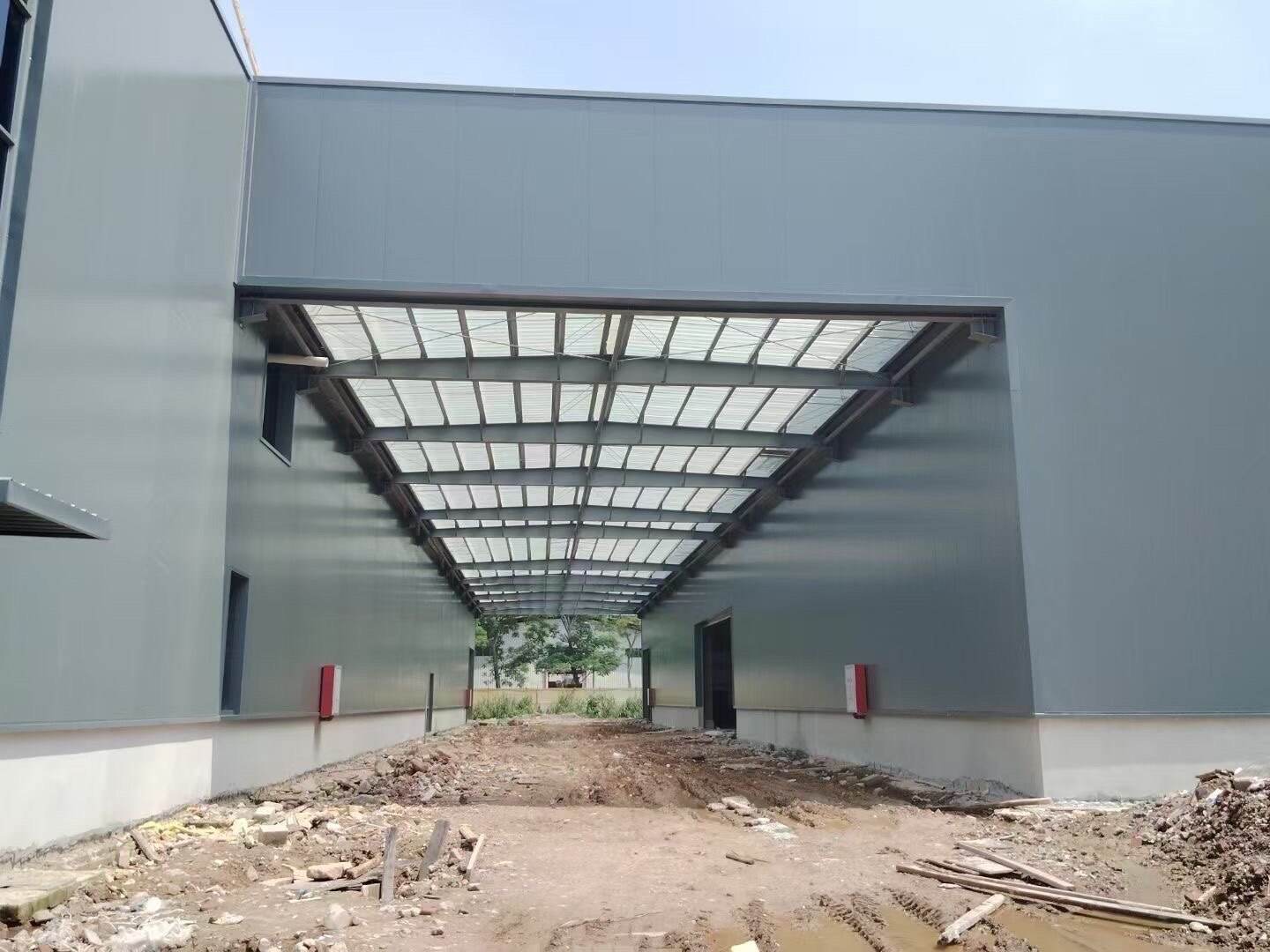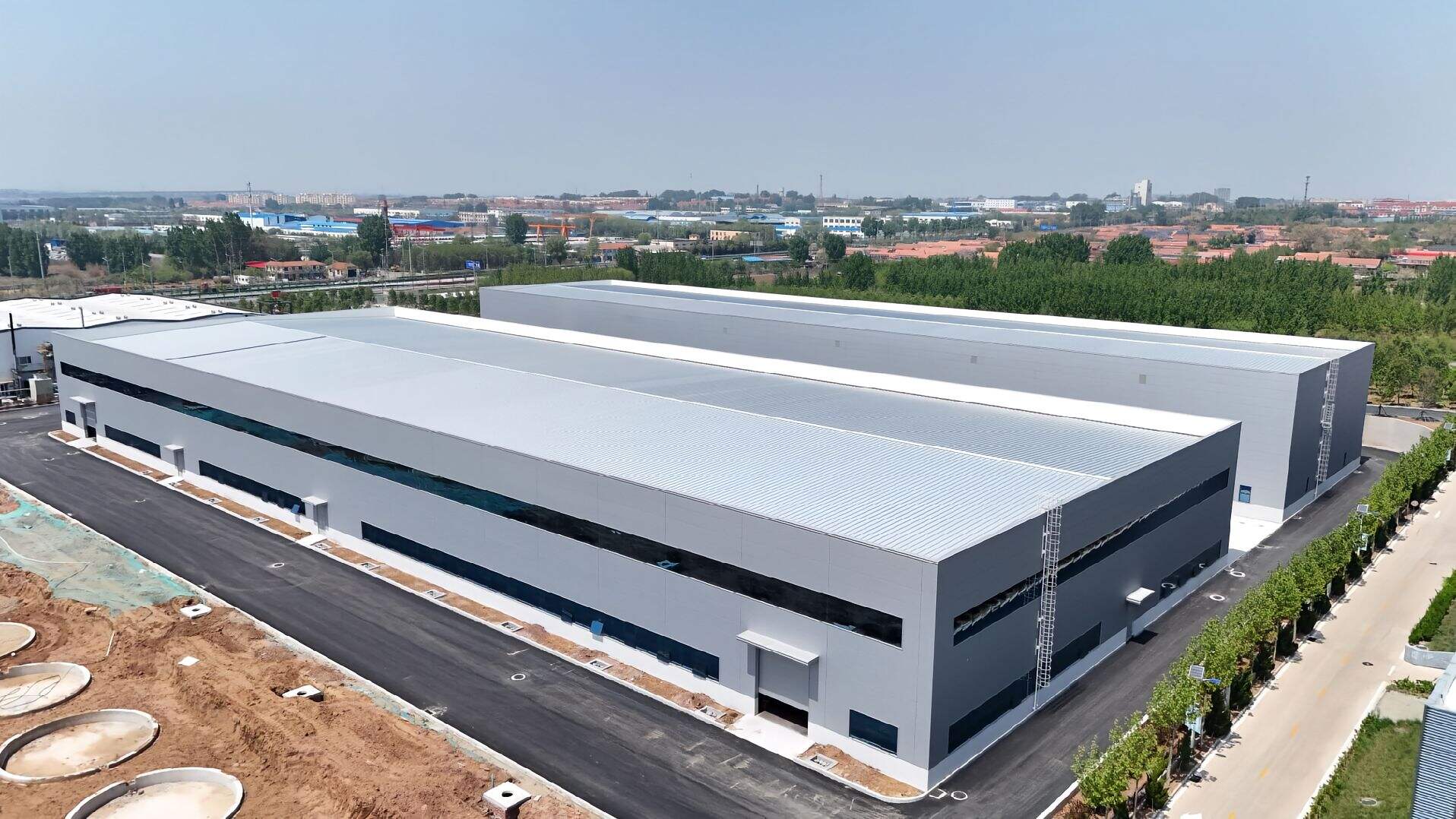Understanding the Durability and Longevity of Modern Steel Construction
In the realm of construction and architecture, steel structure buildings have emerged as a cornerstone of modern development, offering remarkable durability and structural integrity. These magnificent structures dot our urban landscapes, from towering skyscrapers to expansive industrial complexes, showcasing the versatility and resilience of steel construction. When properly designed, constructed, and maintained, steel structure buildings can stand strong for generations, serving as testament to human engineering prowess.
The remarkable lifespan of a steel structure building depends on various factors, including environmental conditions, maintenance practices, and initial construction quality. Understanding these elements is crucial for property owners, developers, and construction professionals who aim to maximize their investment in steel construction projects.
Essential Components of Steel Structure Longevity
Material Quality and Engineering Excellence
The foundation of a lasting steel structure building begins with the quality of materials used. Modern steel manufacturing processes ensure exceptional strength-to-weight ratios and superior resistance to external forces. High-grade structural steel, combined with precision engineering, creates buildings that can withstand decades of use while maintaining their structural integrity.
Advanced coating technologies and treatments further enhance steel's natural durability. These protective measures shield the structural components from corrosion, oxidation, and other forms of environmental degradation, significantly extending the building's service life.
Environmental Factors and Geographic Considerations
The environment plays a crucial role in determining how long a steel structure building will last. Coastal locations, with their salt-laden air, require additional protective measures compared to inland structures. Similarly, areas with extreme temperature variations or high humidity levels present unique challenges that must be addressed during the design and construction phases.
Modern steel structure buildings incorporate sophisticated design elements that account for these environmental factors. From specialized coating systems to strategic drainage solutions, each aspect is carefully planned to maximize the structure's longevity in its specific location.
Maintenance Practices for Extended Building Life
Preventive Maintenance Strategies
Regular maintenance is the key to extending the lifespan of a steel structure building. A comprehensive maintenance program includes routine inspections, timely repairs, and proactive measures to prevent potential issues. Professional building managers implement scheduled maintenance protocols that encompass structural elements, protective coatings, and connection points.
These maintenance activities help identify and address minor issues before they develop into major problems. Regular cleaning, coating touch-ups, and inspection of critical joints and connections ensure the building maintains its structural integrity throughout its service life.
Modern Protection Technologies
Contemporary steel structure buildings benefit from cutting-edge protection technologies that significantly enhance their durability. Advanced galvanization processes, innovative paint systems, and sophisticated moisture barriers work together to shield the steel framework from deterioration.
These protective measures, combined with regular maintenance, can extend a steel structure building's lifespan well beyond initial design expectations. Modern monitoring systems also allow for real-time tracking of structural health, enabling proactive maintenance and timely interventions.
Expected Lifespan and Performance Metrics
Design Life Considerations
The typical design life of a steel structure building ranges from 50 to 100 years, though many structures exceed these projections when properly maintained. This impressive longevity is achieved through careful consideration of load requirements, environmental factors, and anticipated usage patterns during the design phase.
Engineers incorporate significant safety factors and redundancies into their designs, ensuring the structure can handle both expected and unexpected stresses throughout its lifetime. This forward-thinking approach contributes to the exceptional durability of steel structure buildings.
Performance Enhancement Opportunities
Modern steel structure buildings often outperform their traditional counterparts in terms of longevity and adaptability. The inherent strength of steel allows for flexible design solutions that can accommodate future modifications or expansions without compromising structural integrity.
Building owners can further enhance their structure's performance through strategic upgrades and modifications. From improving insulation systems to upgrading protective coatings, various options exist to extend the building's useful life and maintain its value.

Sustainable Aspects of Steel Construction
Environmental Benefits and Recycling Potential
Steel structure buildings contribute significantly to sustainable construction practices. The material's high recyclability and minimal waste during construction make it an environmentally responsible choice. Steel components can be recycled repeatedly without losing their structural properties, reducing the environmental impact of building construction and demolition.
The long lifespan of steel structures also means fewer resources are needed for replacements or major repairs over time. This durability aspect represents a significant environmental advantage compared to other construction materials.
Energy Efficiency and Modern Standards
Contemporary steel structure buildings incorporate advanced energy-efficient design elements. The precision of steel construction allows for better insulation installation and tighter building envelopes, leading to improved energy performance throughout the structure's lifetime.
These energy-efficient features not only reduce operating costs but also contribute to the building's overall sustainability profile, making steel structures increasingly attractive in an environmentally conscious market.
Frequently Asked Questions
How can weather conditions affect the lifespan of a steel structure building?
Weather conditions significantly impact a steel structure building's longevity through exposure to moisture, temperature variations, and atmospheric pollutants. Proper protective measures, including specialized coatings and regular maintenance, help mitigate these effects and maintain the building's structural integrity in various climate conditions.
What role does regular inspection play in maintaining steel structures?
Regular inspections are crucial for identifying potential issues early, allowing for preventive maintenance that can significantly extend the building's lifespan. Professional inspections should occur at least annually, focusing on structural components, connections, and protective coatings to ensure optimal performance.
Can steel structure buildings be modified or expanded after construction?
Yes, steel structure buildings offer excellent flexibility for future modifications. Their inherent strength and modular nature allow for relatively straightforward expansions, renovations, or reconfigurations to accommodate changing needs while maintaining structural integrity and safety standards.






